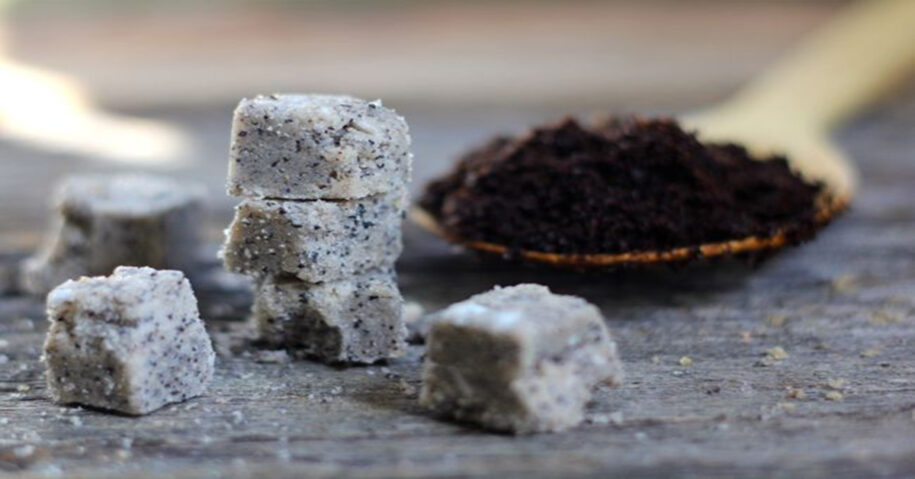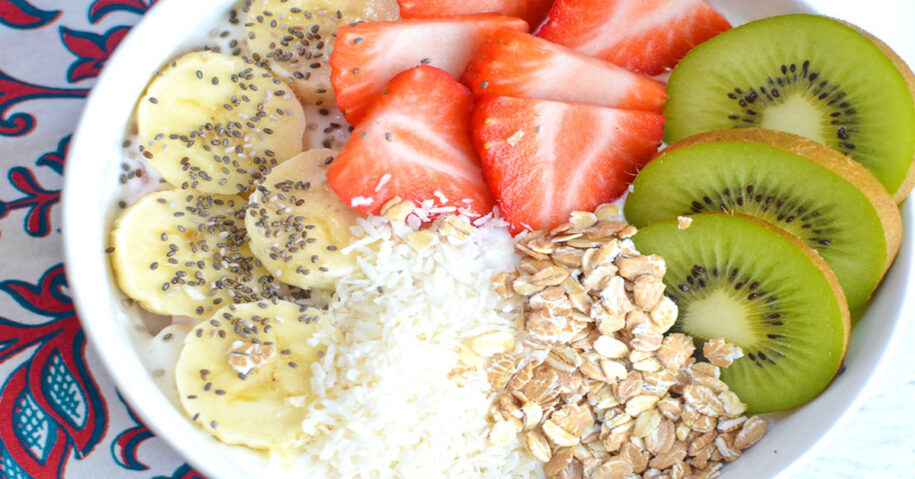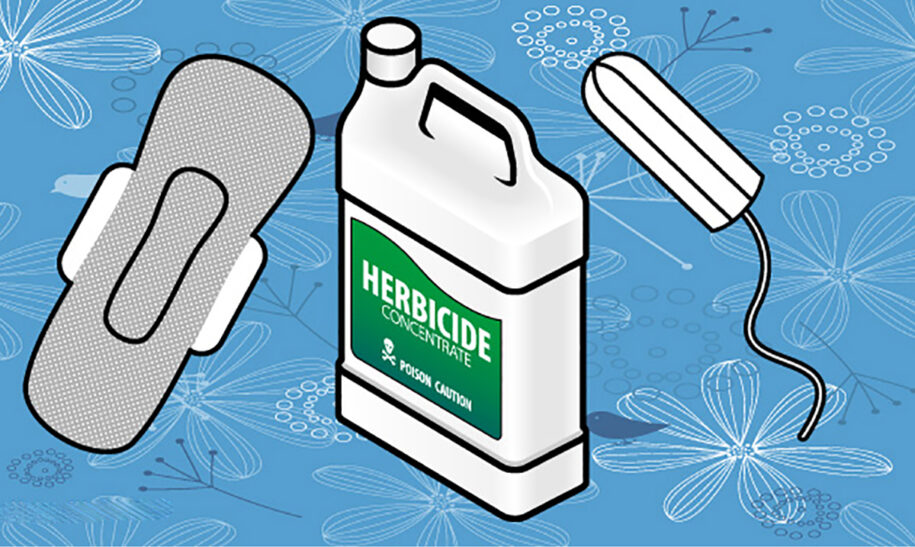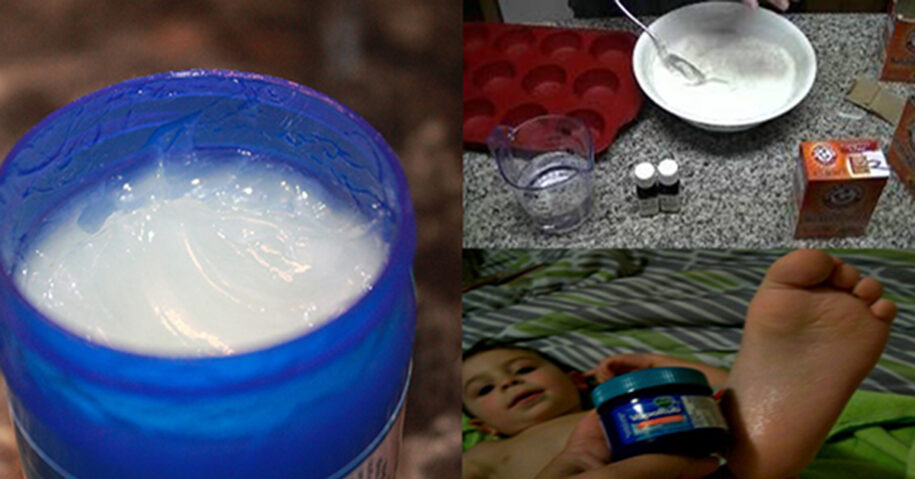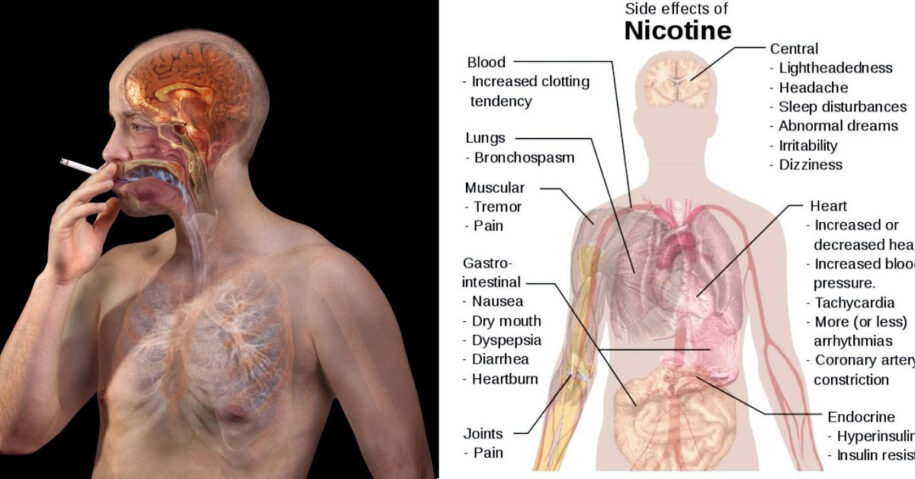
Attention Smokers: These Foods Will Flush Out Nicotine From Your Body
We all know the relationship between smoking and lung cancer, but did you know that it is also linked to other dangerous diseases? For every cigarette you smoke, over 5,000 toxic chemicals are inhaled into the body.
Nitrogen dioxide ozone penetrates your body when you smoke cigarettes. This chemical damages DNA and reduces the amount of vitamin C available for use by the body.

Why You Should Quit:
- Smoking is the most preventable cause of death in the United States.
- Almost one-third of deaths from coronary heart disease are attributable to smoking and secondhand smoke.
- Smoking is linked to about 90% of lung cancer cases in the United States.
- About 20 percent of adult men and about 16 percent of adult women smoke.
- The highest percentage of people who smoke are between the ages of 21 and 34.
- About 54 percent of American children ages 3-11 are exposed to secondhand smoke.
- On average, smokers die more than 10 years earlier than nonsmokers.
- You can be one of the millions of people who successfully quit every year.
What Makes Them So Toxic:
- 1,3 Butadiene is a chemical used to manufacture rubber. It is considered to be carcinogenic chemical that can cause certain blood cancers.
- Arsenic is used to preserve wood. Some arsenic compounds have been linked to cancer of the lung, skin, liver, and bladder.
- Benzene is used to manufacture other chemicals. It can cause cancer, particularly leukemia, in humans.
- Cadmium is a metal used to make alloy metals, paint, and dyes. Cadmium compounds can cause lung cancer and have been associated with kidney and prostate cancer.
- Chromium VI is used to make alloy metals, paint, and dyes. Chromium VI compounds can cause lung cancer and have been associated with cancer of the nose and nasal sinuses.
- Formaldehyde is used to make other chemicals and resins. It is also used as a preservative. It causes leukemia and cancer in respiratory tissues.
- Tar is not one single chemical, instead, it describes several chemicals that are in tobacco smoke. It leaves a sticky, brown residue on your lungs, teeth and fingernails.
Are You Ready to Quit Smoking Yet? Just Do This!

The greatest drawback of quitting smoking is the fear of feeling anxious and depressed, but there really is nothing to fear because there are many herbs and supplements that can help you stop smoking. These herbs include lobelia for cigarette cravings, ginger for nausea, St. John’s Wort for depression, passion flower for irritability, and Rhodiola for energy.
The therapeutic benefits of essential oils can help you! There have been several studies done on the effects of essential oils on nicotine cravings. In the most recent study published in the Journal of Alternative and Complementary Medicine, 20 people who were daily users of nicotine products were asked to try aromatherapy instead. They were divided into two separate groups and given an essential oil on a tissue and asked to inhale for two minutes whenever they felt the urge to smoke. The test subjects reported back with their experiences and they found that both essential oils effectively curbed cravings.
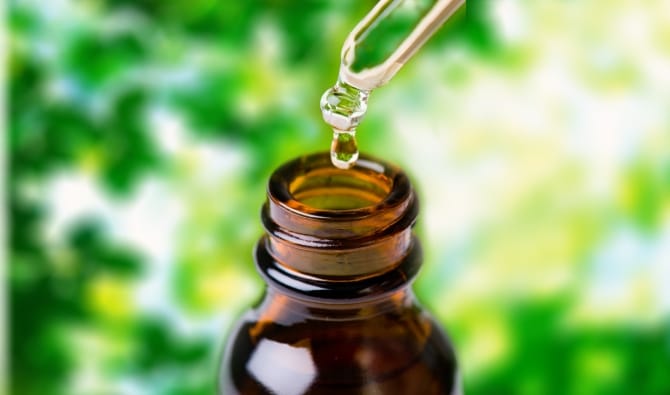
Aromatherapy Recipe Number 1
- Lemon Juice
- Black Pepper
- Eucalyptus essential oil
Method:
Combine all ingredients and apply the oil to skin under the nose or to a cotton ball and inhale with several deep breaths when the urge to smoke arises.
Aromatherapy Recipe Number 2
- 40 Drops of black pepper essential oil
- 20 drops clary sage essential oil
- 30 drops bergamot essential oil
- 10 drops chamomile essential oil
- 20 drops sweet marjoram essential oil
- 24 drops coriander essential oil
Method:
Combine all essential oils in 15ml amber glass bottle. Swirl the bottle gently to mix.
You could use this blend topically, diluted in a roll-on bottle, but this blend is most effective using inhalation rather than topical application. You could also cut the recipe in half, and fill the other half of the bottle with salt; making your own smelling salts.
The following foods can help you cleanse the body of nicotine:
Water- it detoxes the body through the skin and rehydrates it from dehydrating nicotine. Make sure you consume 8-12 glasses daily.
Carrot juice is high in vitamin B, C,A,K, and detoxifies the body, and makes the skin smooth, fresh, and glowing.
Orange- it is high in vitamin C and other nutrients, and reduces stress and treats anxiety
Broccoli- it is high in B5 and C vitamin which are beneficial for the lungs
Dry herbs- they are rich in vitamin A and E and reduce nicotine levels
Kiwi- is abundant in vitamin C, A and E, which are deficient in the body of a smoker
Pomegranate- it boosts blood flow and enhances blood analyses
Spinach- It is high in vitamins and folic acid, and after its consumption, the taste of tobacco is disgusting.


